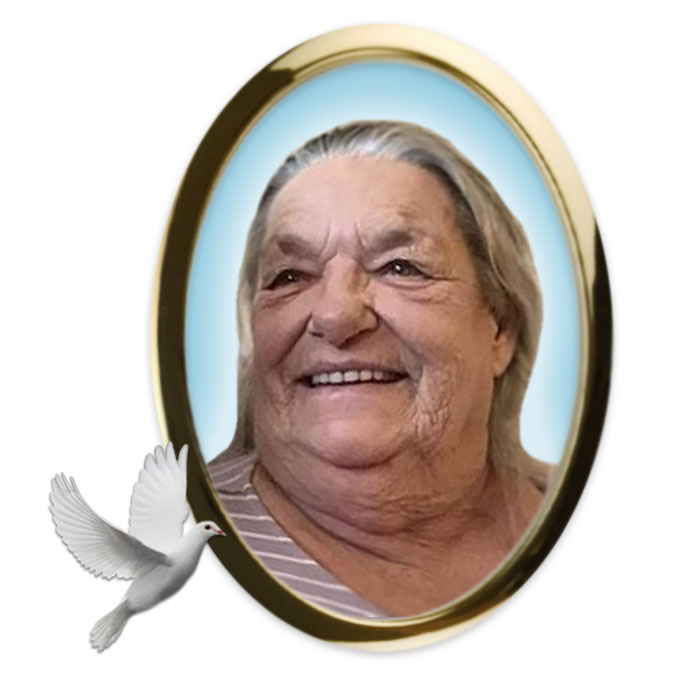The Community Drug Strategy (CDS) for the City of Greater Sudbury has received several reports of a higher number of suspected overdoses involving a variety of substances including opioids, benzodiazepines, and stimulants within Greater Sudbury.
While we cannot confirm the substance that has caused the overdoses, this situation serves as an important reminder to the community that street drugs may be cut or mixed with substances such as benzodiazepines, fentanyl, or carfentanil, and that even a very small amount of these substances can cause an overdose.
An overdose occurs when a person uses more of a substance, or combination of substances, than their body can handle. Therefore, the brain is unable to control basic life functions. The person might pass out, stop breathing, or experience a seizure. Overdoses can be fatal.
Prevent opioid overdoses / save lives:
Those who use stimulants such as crystal methamphetamine are also advised to follow these harm reduction steps.
- Avoid mixing drugs, including prescribed, over-the-counter, and illegal drugs.
- Avoid drinking alcohol while using other drugs.
- Use caution when switching substances: start with a lower dose than you usually would.
- If you have not used in a while, start with a lower dose. Your tolerance may be lower.
- Avoid using drugs when you are alone.
- Carry a naloxone kit.
- Call 911 if you suspect an overdose.
Opioid overdose symptoms include:
- fingernails and lips turn blue or purplish black
- skin turns bluish purple, grayish, or ashen, depending on skin tone
- dizziness and confusion
- the person can’t be woken up
- choking, gurgling, or snoring sounds
- slow, weak, or no breathing
- drowsiness or difficulty staying awake
Stimulant overdose symptoms include:
- seizures
- drooling or frothing from the mouth
- limb spasms or rigidity
- tightening or pain in the chest
- not breathing or shallow breathing
- signs of a stroke such as the inability to talk clearly, losing feelings in the face, arms, or legs on one side of the body
Due to benzodiazepines (benzos) toxicity, an overdose may last for hours and look like:
- extreme sleepiness or passing out
- poor balance and movement control
- slurred speech
- blackouts and memory loss
How to respond to an overdose:
- GIVE NALOXONE. This will help reverse an opioid overdose and will do no harm if the overdose is not opioid related. This may improve breathing, but the person may not regain consciousness due to sedation.
- Call 911 to get medical help and keep monitoring their breathing.
- If a stimulant overdose is suspected:
- Try to keep them awake. If they are anxious, try to get person to slow down and relax.
- Cool them down with a damp washcloth on their forehead.
- If the person is having a seizure, remove any sharp or dangerous items around them.
- If the person is unconscious, place them in the recovery position.
For a free naloxone kit, contact The Point at Public Health Sudbury & Districts, Réseau Access Network, Sudbury Action Centre for Youth (SACY), or ask your local pharmacist www.ontario.ca/page/get-naloxone-kits-free.





